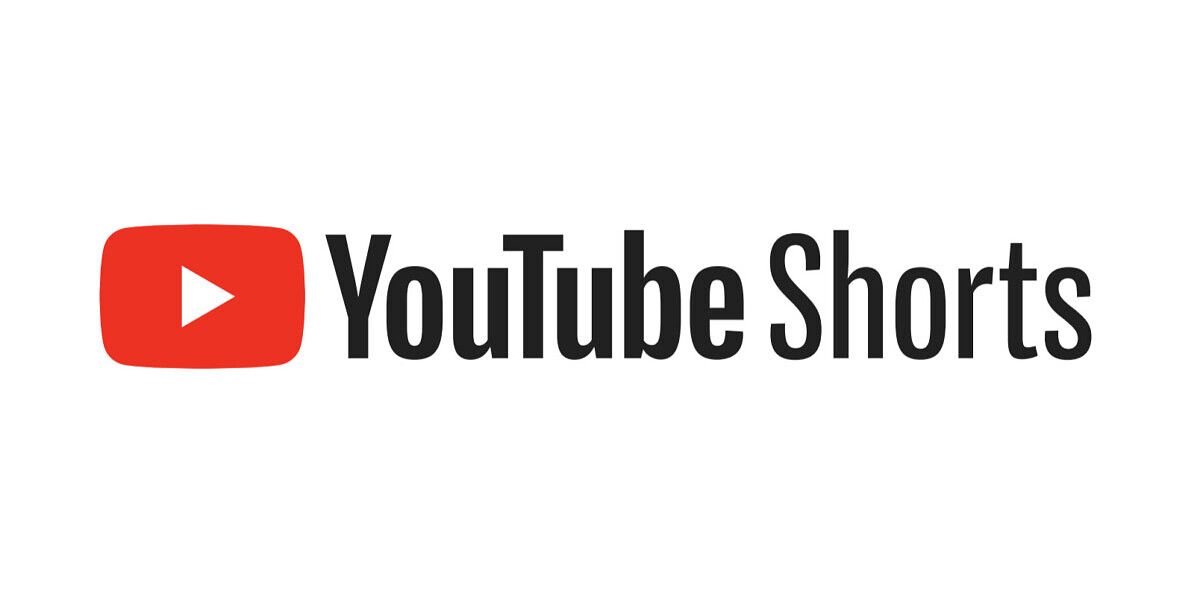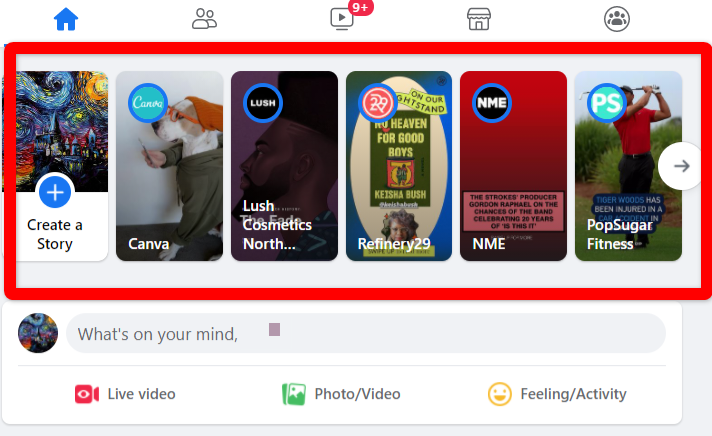How to Use Short-Form Video in Digital Marketing
Introduction
In today’s fast-paced digital world, grabbing people’s attention is harder than ever. That’s where short-form videos come in. With platforms like Instagram Reels, YouTube Shorts, and TikTok becoming more popular every day, businesses are using these quick videos to reach more people and promote their brands. But how exactly do you use short-form video in digital marketing? Let’s explore this simple but powerful strategy.
What is Short-Form Video?
Short-form videos are usually less than 60 seconds long. These videos are short, catchy, and straight to the point. They can be entertaining, educational, or emotional. The goal is to deliver value in a short time so viewers don’t scroll away.
Some common platforms for short-form videos include:
Instagram Reels
YouTube Shorts
TikTok
Facebook Stories
Why Short-Form Videos Work So Well
There are a few reasons why short videos are so effective:
1. They’re Easy to Watch
People have short attention spans. Most users scroll through content quickly, and short videos give them quick value without needing to focus for too long.
2. They’re Highly Shareable
A funny or helpful 30-second video is more likely to be shared than a 10-minute one. Sharing helps your content go viral and reach new audiences.
3. They Work Well on Mobile
Most people watch videos on their phones. Short-form videos load fast and are perfect for watching on the go.
4. They Fit Modern Algorithms
Social media algorithms love videos that get lots of engagement. Short videos often get more likes, shares, and comments, helping them get shown to even more people.
How to Use Short-Form Video in Your Digital Marketing Strategy
Now let’s look at the steps to use short-form video effectively for digital marketing.
1. Know Your Audience
Before making any video, you need to understand who your target audience is. Ask yourself:
What age group are they in?
What are their interests?
What problems do they have?
What type of content do they enjoy?
Knowing this helps you create videos that speak directly to their needs and emotions.
2. Choose the Right Platform
Not every platform is right for every business. Here’s a quick guide:
TikTok: Great for reaching younger audiences with creative, fun videos.
Instagram Reels: Good for lifestyle, fashion, fitness, and product-based content.
YouTube Shorts: Best for educational, how-to, and product review videos.
Facebook Stories: Works well for a slightly older audience or local businesses.
Pick the platform where your audience spends the most time.
3. Create a Strong Hook (First 3 Seconds)
The first few seconds of your video decide whether someone watches or scrolls away. Use a strong hook like:
“You won’t believe this!”
“Here’s how to save money in 30 seconds.”
“3 quick tips that changed my life…”
Keep it exciting, emotional, or surprising to pull the viewer in.
4. Add Value Quickly
Once you grab attention, make sure you deliver value. People love content that:
Teaches them something new
Makes them laugh
Solves a problem
Shows behind-the-scenes content
For example:
A skincare brand can show “3 hacks to get glowing skin.”
A fitness coach can share “Quick exercises to reduce belly fat.”
A tech brand can post “New gadget review in 30 seconds.”
5. Use Captions and Text Overlays
Many people watch videos without sound. Adding text makes your message clear even if the volume is off. Captions also help with accessibility and SEO.
6. Include a Call-to-Action (CTA)
Always tell the viewer what to do next. Use simple CTAs like:
“Follow for more tips”
“Visit our website”
“Tag a friend who needs this”
A good CTA increases engagement and drives traffic to your business.
7. Stay Consistent
Don’t expect big results from one video. Success in short-form video marketing comes from consistency. Try posting:
3–5 videos per week
At the same time each day
With a consistent theme or style
This builds trust and keeps your audience coming back for more.
8. Use Trends (But Stay On-Brand)
Jumping on trends can give your video a big boost. Look for trending sounds, hashtags, and formats — but always keep it relevant to your brand. If you’re a finance coach, don’t dance for no reason. Instead, use trending audio to explain a money tip.
9. Track Your Results
Use platform analytics to check:
Views
Likes
Comments
Shares
Watch time
Click-through rates
This tells you what’s working and what to improve. Focus more on the types of videos your audience loves.
Examples of Short-Form Video Marketing in Action
Example 1: Food Brand
A local cafe posts a 20-second video showing a satisfying slow-mo of coffee being poured. The video ends with “Try it fresh at BrewBeans Cafe – Tag a friend you’d bring!”
Example 2: Fitness Coach
A trainer shares “1-minute morning stretch routine” in Reels. It gets shared by health pages and brings in new followers.
Example 3: Clothing Store
A fashion store uses TikTok to post “3 ways to style a denim jacket” with trending music and quick transitions. The post goes viral and boosts sales.
Benefits of Using Short-Form Video in Digital Marketing
Increased Engagement: More likes, shares, and comments.
Brand Visibility: Reach wider and younger audiences.
Better Conversion: Quick videos can build trust and drive action fast.
Higher ROI: They’re cheap to make and easy to distribute.
Final Thoughts
Short-form video is no longer just a trend — it’s a powerful tool in digital marketing. It helps brands connect with people in a fun, fast, and effective way. Whether you’re promoting a product, sharing a tip, or just telling your story, a 30-second video can do wonders for your brand.
If you're a student, business owner, or just starting out — now is the best time to start using short-form video in your marketing. Just remember: keep it simple, stay consistent, and always focus on value. The rest will follow.




No comments:
Post a Comment